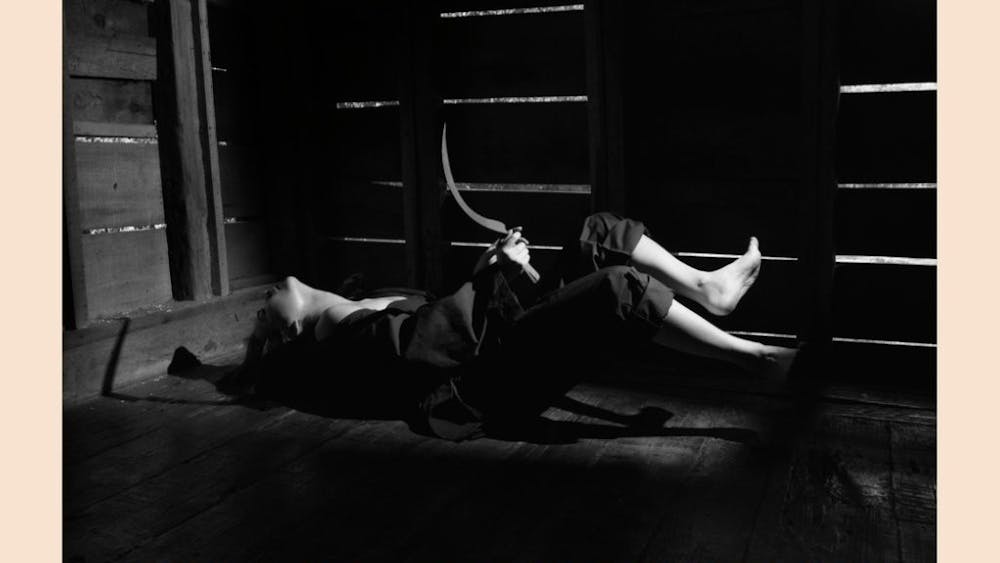Hundreds of public, charter and private schools in the United States have implemented a practice that might seem strange, foreign or even ridiculous to some adults: the Quiet Time Program.
It isn’t a ploy to have kids lay their heads on desks while teachers gossip in the break room.
It’s not an extra session of math or reading exercises either, but it does help students’ academic achievements.
The Quiet Time Program aims to improve the “overall environment of the schools” while giving students an effective way to reduce stress and develop “the full brain.” In other words, it’s a practical, highly effective form of meditation.
The Quiet Time Program began in 2005 when David Lynch, film director and Transcendental Meditation practitioner, founded the David Lynch Foundation for Consciousness-Based Education and World Peace.
The foundation’s name may sound like a mouthful of hippie-love, but its work has produced significant, tangible results.
Students participating in Quiet Time improve their test scores, have a higher graduation rate and do better on intelligence tests than students in control groups.
For years, independent researchers have noted the benefits of meditation.
A study by Kaiser Permanente, the largest managed care organization in the country, found that teenagers practicing meditation techniques were less affected by “mood disorders, depression and self-harming behaviors like anorexia and bulimia.”
Brain waves shift in meditation. Neuroscientists have found that meditators are calmer and happier because brain activity in the stress-prone right frontal cortex moves to the calmer left frontal cortex.
Lynch’s foundation was established so children across America would be able to practice and profit from meditation.
By sending a specially trained teacher to a school for a 10-month stay, the foundation is able to provide 200 at-risk students with an individualized and intensive meditation program.
Using Transcendental Meditation techniques, the Quiet Time Program has students and teachers sit comfortably, with their eyes closed, for 20 minutes twice daily.
The instruction is entirely optional, of course, and only done with parental permission.
Since the program is so helpful for the students’ entire well-being and implemented with virtually no cost to the parents or school, it’s hard to imagine anyone would say, “No.”
Transcendental Meditation is appropriate for everyone. The technique does not involve any religious or philosophical beliefs, nor does it require a change in lifestyle.
The foundation has already brought the Quiet Time Program to schools in New York City, Washington, D.C., Atlanta, Detroit, Chicago, Tucson, Ariz., San Francisco and Los Angeles, but more cities should be aware of what the foundation can offer.
“Consciousness-based education is not a luxury,” David Lynch says on the foundation’s website. “For our children who are growing up in a stressful, often frightening, crisis-ridden world, it is a necessity.”
— paihenry@indiana.edu
Meditation in schools
Get stories like this in your inbox
Subscribe





